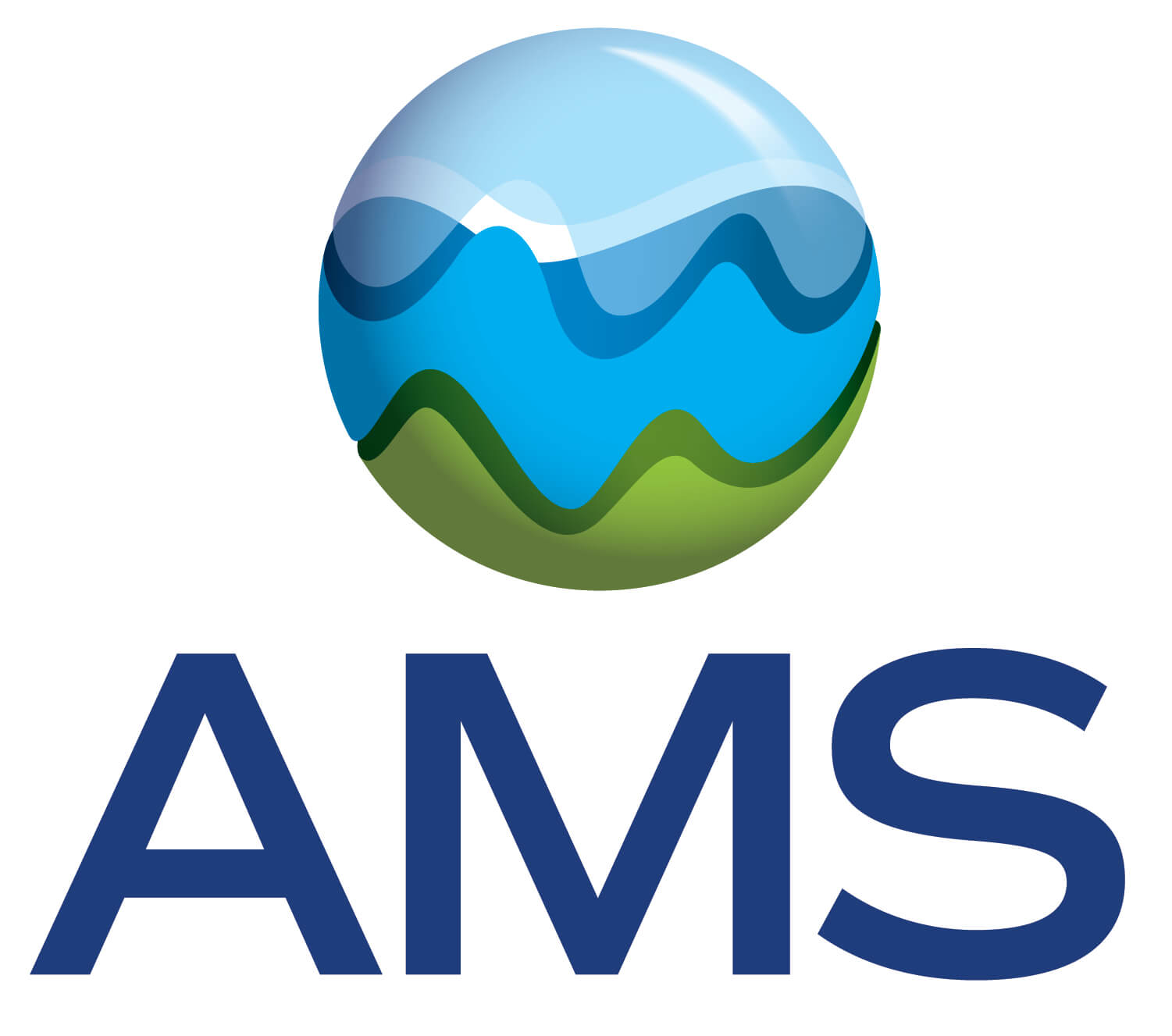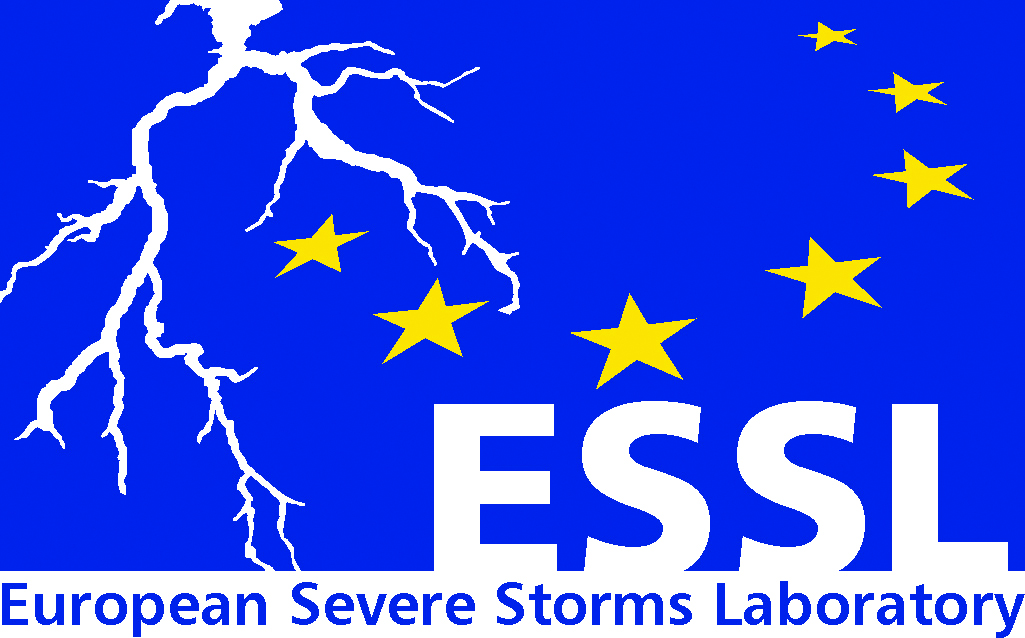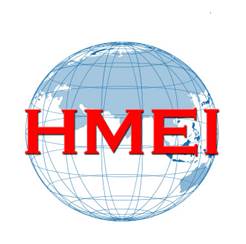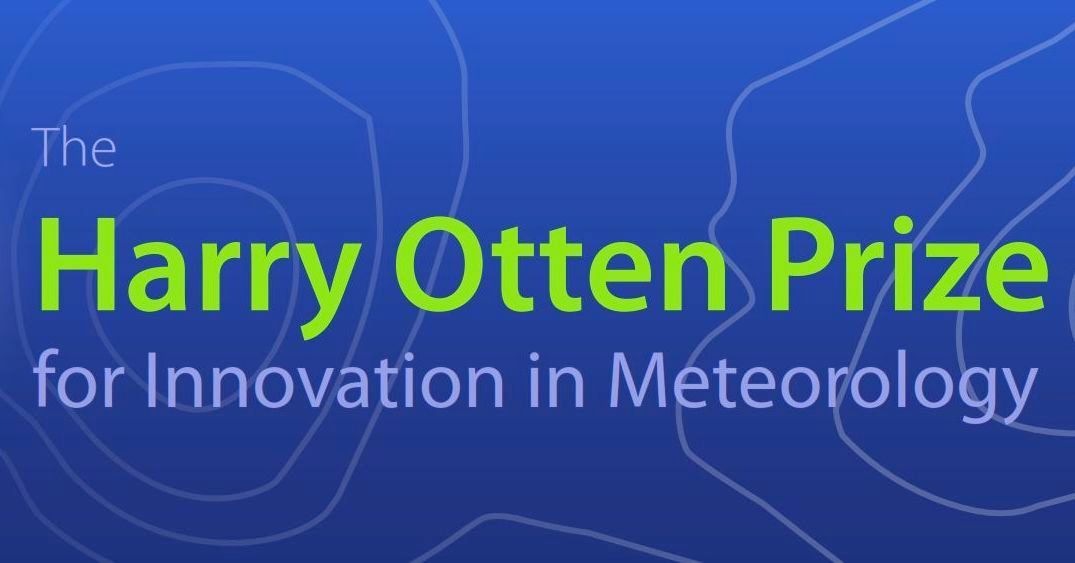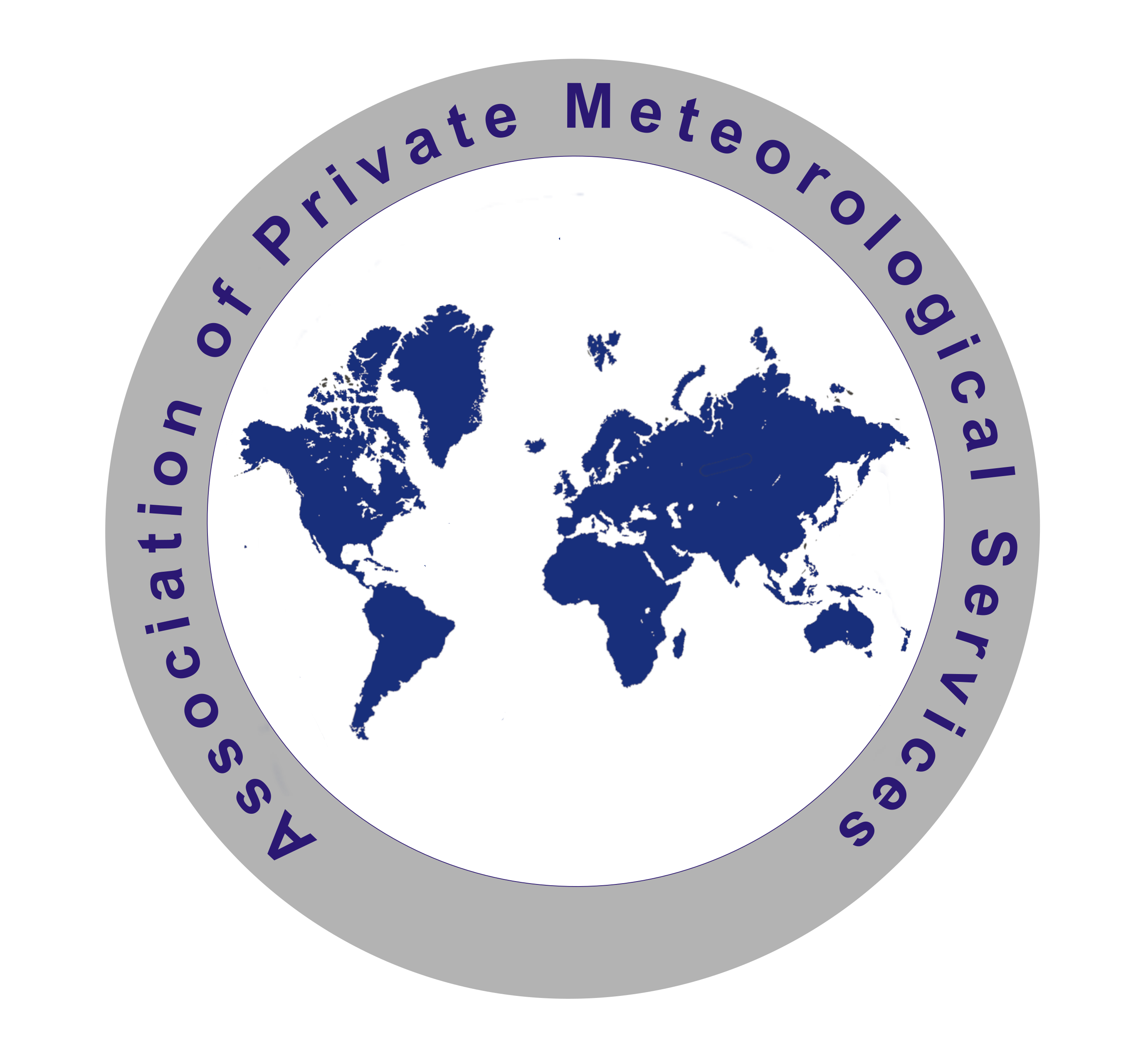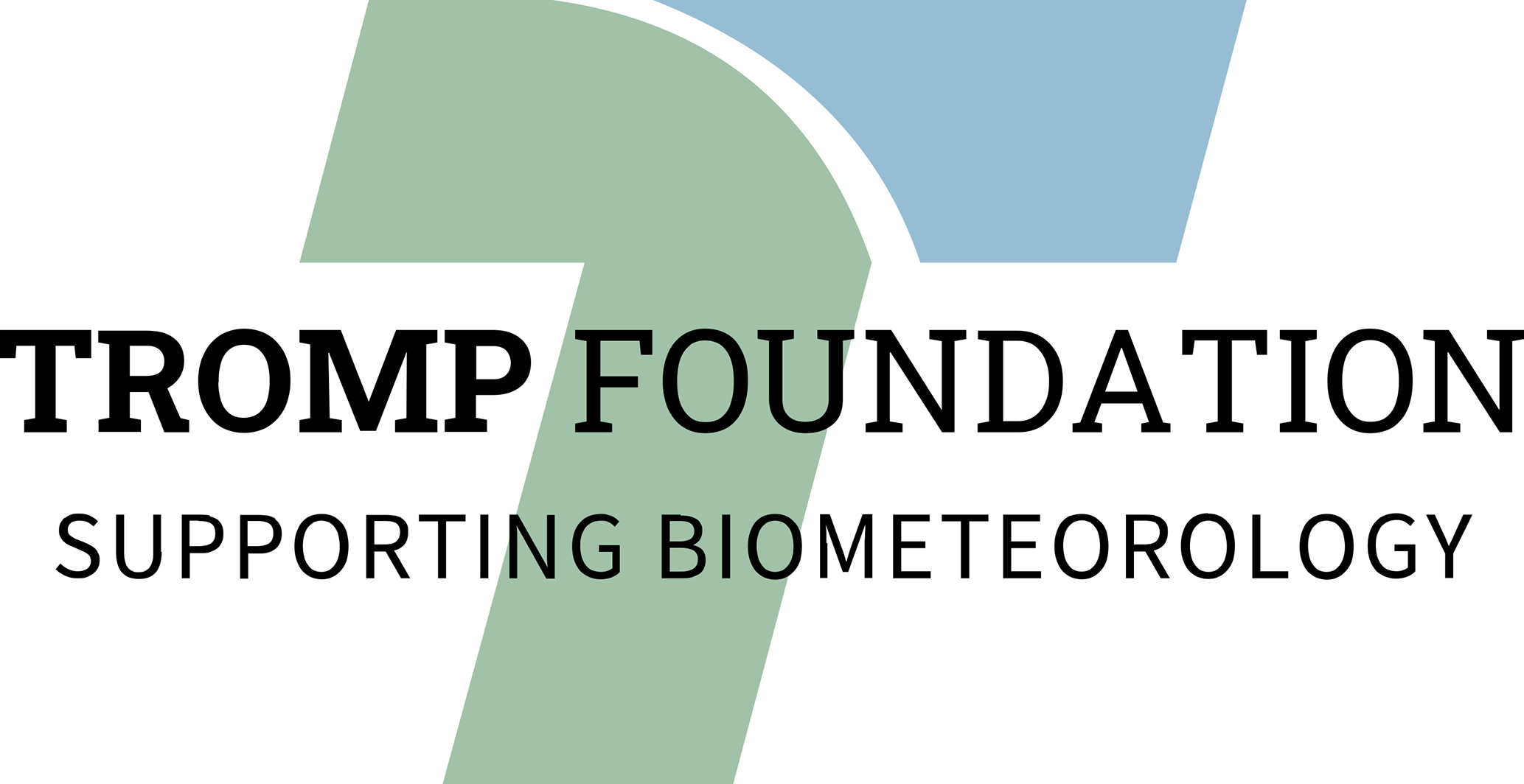Mapping X-band Weather Radar Observations to C-band for Homegeneous Meteorological Analysis
- Deutscher Wetterdienst, Forschung und Entwicklung, Offenbach am Main, Germany (nikolaos.antonoglou@dwd.de)
Weather radar serves as a critical tool for effectively monitoring precipitation patterns and predicting severe weather events. In recent years, X-band radar systems have gained prominence due to their exceptional spatial resolution, providing detailed insights into convective systems and localized precipitation features. However, their limited coverage area and higher attenuation rates pose challenges for comprehensive meteorological analysis. In contrast, C-band radar, commonly utilized by meteorological agencies, offer broader coverage but with reduced resolution, limiting its ability to capture finer-scale weather phenomena effectively.
The German Weather Service (Deutscher Wetterdienst – DWD) operates a network of 17 dual-polarization C-band radars and aims at installing four additional X-band systems. This study focuses on the homogenization of multiple-frequency observations. Our approach involves employing machine learning algorithms to transform X-band radar data into a format analogous to C-band observations. By integrating machine learning into the mapping process, we aim to enhance the utility of X-band radar data for broader meteorological applications within the framework of established C-band meteorological services. Challenges addressed in this research include accurately scaling reflectivity measurements, mitigating attenuation effects at different frequencies, and validating the mapped data against ground-based disdrometer observations to ensure reliability and accuracy.
This mapping is mandatory for the integration of the future radar observations in the processing chain of the DWD. Until the installation of the systems is finished, we utilize measurements from the Low-Level Wind Shear Alert Systems (LLWAS) in the international airports of Frankfurt and Munich, which are also X-band. Moreover, we generate transformation equations using all principal moments (e.g. reflectivity, differential reflectivity, specific differential phase, etc.).
How to cite: Antonoglou, N., Werner, M., Blahak, U., and Helmert, K.: Mapping X-band Weather Radar Observations to C-band for Homegeneous Meteorological Analysis, EMS Annual Meeting 2024, Barcelona, Spain, 1–6 Sep 2024, EMS2024-889, https://doi.org/10.5194/ems2024-889, 2024.

